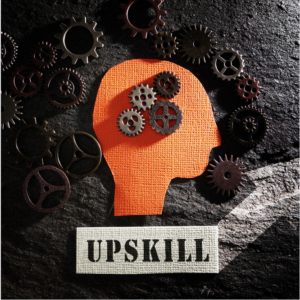Challenges of the ‘baby bust’
We have been warned. First the intergenerational report initiated by Peter Costello when he was treasurer and now a study by KPMG and Ipsos have pointed out Australia’s impending shortage of skilled workers as the first of the baby boomers turn 65 and more of them retire.
The boomers shuffling away in their jeans and leather jackets to rock ‘n’ roll away their children’s inheritances are a problem because the number of young workers coming along to replace them is inadequate.
The current shortage of nurses, for example, will worsen markedly as up to one-third of the nation’s nurses retire over the next five years. Similar problems will emerge in other professions, including teaching.
If Australia is to avoid serious skills shortages undermining productivity and eroding the quality of life, governments need pragmatic, long-term policies rather than the race-to-the-bottom populism about containing migration that marred the recent election campaign.
Business understands the need for a “big Australia” to grow the population through skilled migration and so, as shortages of professional staff emerge, will voters.
On the positive side, because many of the boomers, unlike their thrifty parents who lived through the Depression and World War II, have been lousy savers, many will need to keep working to pay the bills.
This will help by forcing acceptance of older workers, many of whom will want to work part-time. A more flexible labour market system would help.
It is also important to overhaul the welfare-to work system so that we rid ourselves of the dubious distinction of supporting one of the highest rates of disability pensioners in the OECD.
At present, every 14 or 15 Australian workers maintains a disability support pensioner. That will not be viable with a shrinking workforce.
But on their own, such measures would not be enough.
Growth is the key. In future, a sustainable Australia will be a big Australia.



